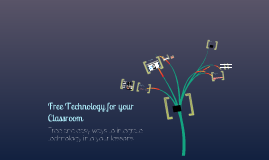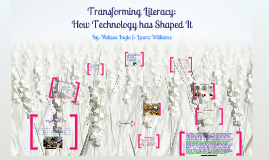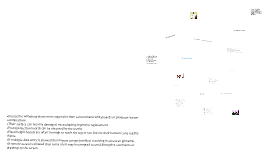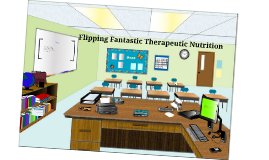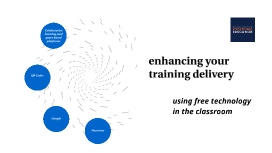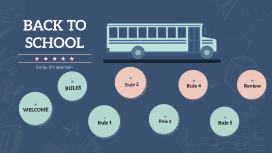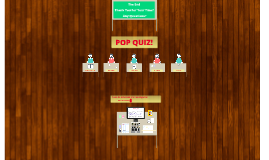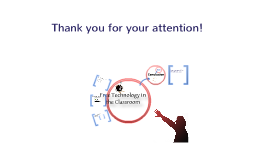Technology in the Classroom
Transcript: When reflecting on the article iPods, iPads, and the SMARTBoard: Transforming literacy instruction and student learning (2012) by Paula Saine, a researcher from Miami University, Ohio, I could not help but to think about just how important technology is becoming in the classroom. Within this article, the researcher conducts interviews with four different teachers from various school settings. What the researcher found, was that in the classrooms that integrated more technology and had more lessons based around technology, the scores of the students were remarkably higher than the scores past when technology was not utilized as often. How exactly is technology affecting the learning environment to where the test scores are higher? The article states that “Whether teaching in an urban, rural, or international school, teachers of literacy are integrating iPods, iPads, and the SMARTBoard in the classroom to make their instructional activities more appealing and exciting for their students. As these tools continue to transform literacy instruction, students internalize lifelong skills needed for success in this global society. Despite the fact that students are being equipped with some or all of these changing literacy tools, such use should be available to all students. Therefore, we must not ignore the digital divide” (79). As we can see, within this study, technology and the use of digital learning is helping students learn and progress with their literacy skills. If this is true, and technology does play such an important role in the growth of our students… why aren’t more schools turning toward technology in the classroom? To me, it is easily apparent that we need to move forward in implementing technology in the classroom as the digital age progress, especially if it helps our students where literacy is concerned. I do not care how my students learn, as long as they do learn, and progress. The use of iPods, iPads, and the SMARTBoard in the classroom is making educational and instructional activities more appealing and exciting for the students. Therefore, the use of digital tools is transforming literacy, and we must not ignore the digital divide. It has to become a priority to equip all schools, especially low SES schools with digital tools in order to help promote literacy. What will happen now? Source: Saine, Paula. 2012. iPods, iPads, and the SMARTBoard: Transforming literacy instruction and student learning. The NERA Journal. 47(2). 74-79. Safari Why did it work? iPods, iPads and the SMARTBoard: Transforming literacy instruction and student learning. iPads, ADHD, and Literacy When: 2012 Who: Four teachers from diverse classroom settings, one Nigerian classroom teacher, and three America teachers [elementary, middle & high school]. What Results: With the use of technology in the classroom to help with literacy, the teachers saw an increase between the pre-test and post-test that was not there in the previous years. Quote: "Teacher's claim when students are engaged in digital literacy activities, the students see these tools as exciting and unique. The students become more creative in their thinking" (74). Transforming Literacy: How Technology has Shaped It Reading comprehension and other literacy skills are vital in all disciplines and all grade levels. Technology has shaped what it means to be literate and has provided new ways to develop students' literacy skills. Source: McClanahan, B, Williams, K., Kennedy, E., & Tate, S. (2012). A breakthrough for Josh: How use of an iPad facilitated reading improvement. TechTrends, 56 (3), 20-28. -Break task into pieces -Muliple modalities--aural, visual, tactile/kinesthetic -Immediate feeback during instructional activities -Personalized pacing and student-led work -Engagement Technology Used: Importance http://parseprofessor.blogspot.com/ BrainPOP app With the introduction of technology into the coursework, it was found that the literacy skills in the classroom went up 10% from pre-test to post-test. This was a vast improvement from the previous years, when techonology was not emphasized as much in the classroom. The tools these classrooms now have at hand are clearly transforming literacy instruction and the way students are learning! However, even though this seems to be working more and more with the use of technology being introduced into the classrooms, the researcher's can't help but to question why more classrooms aren't integrating more technology into the classroom. When: Fall 2010 Who: Pre-service teacher and a 5th grader with ADHD reading at 2nd grade level What: Used iPad to teach him reading strategies Results: Went from 2nd grade to 3rd grade reading level in 6 weeks and increased in confidence, concentration, and metacognition Quote:“a child who will learn and can learn if given the appropriate tools and instruction” What Can We Learn? Why Did It Work? -Professional Development and Lifelong Learning -Tools and Instruction -Student-led Activities






